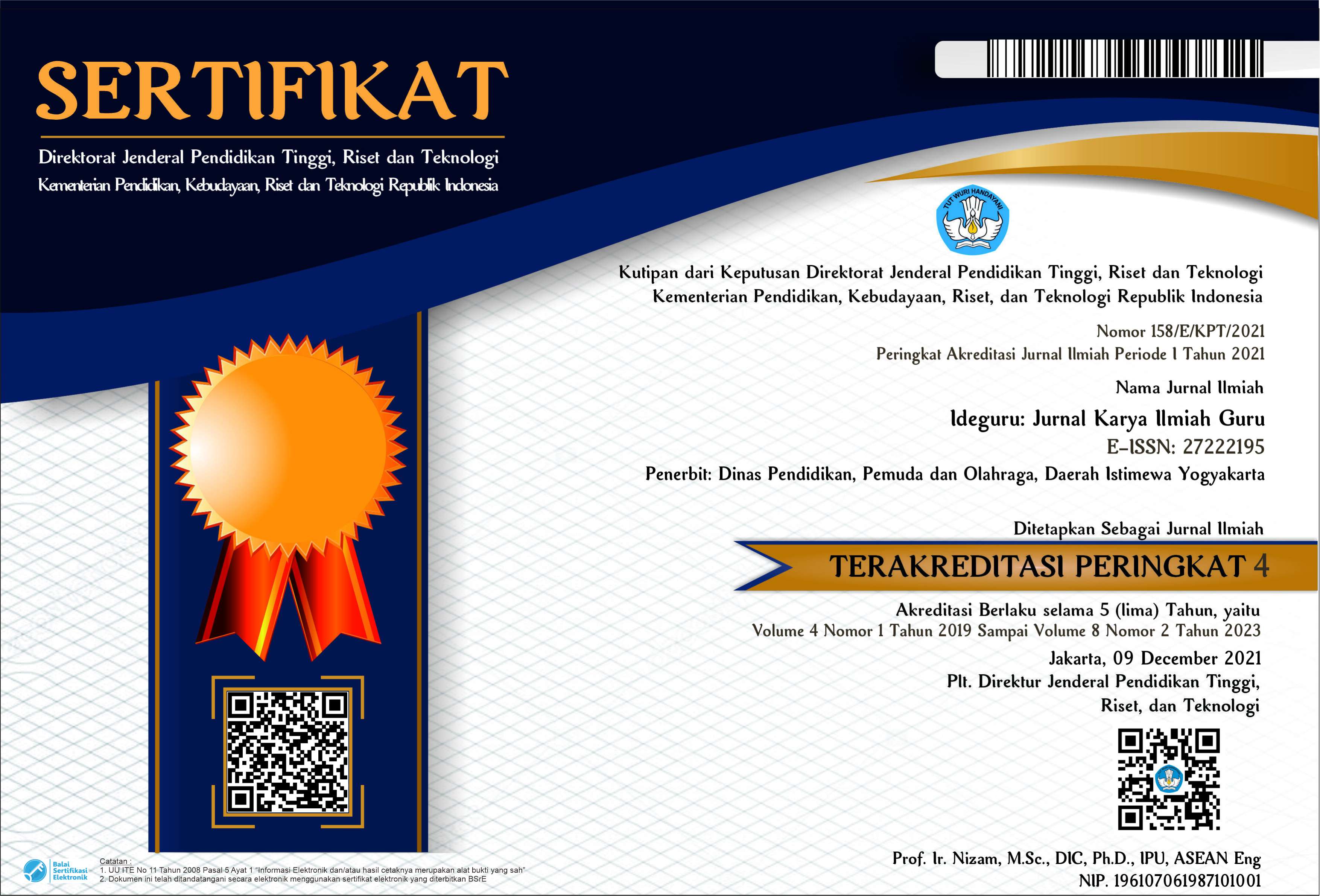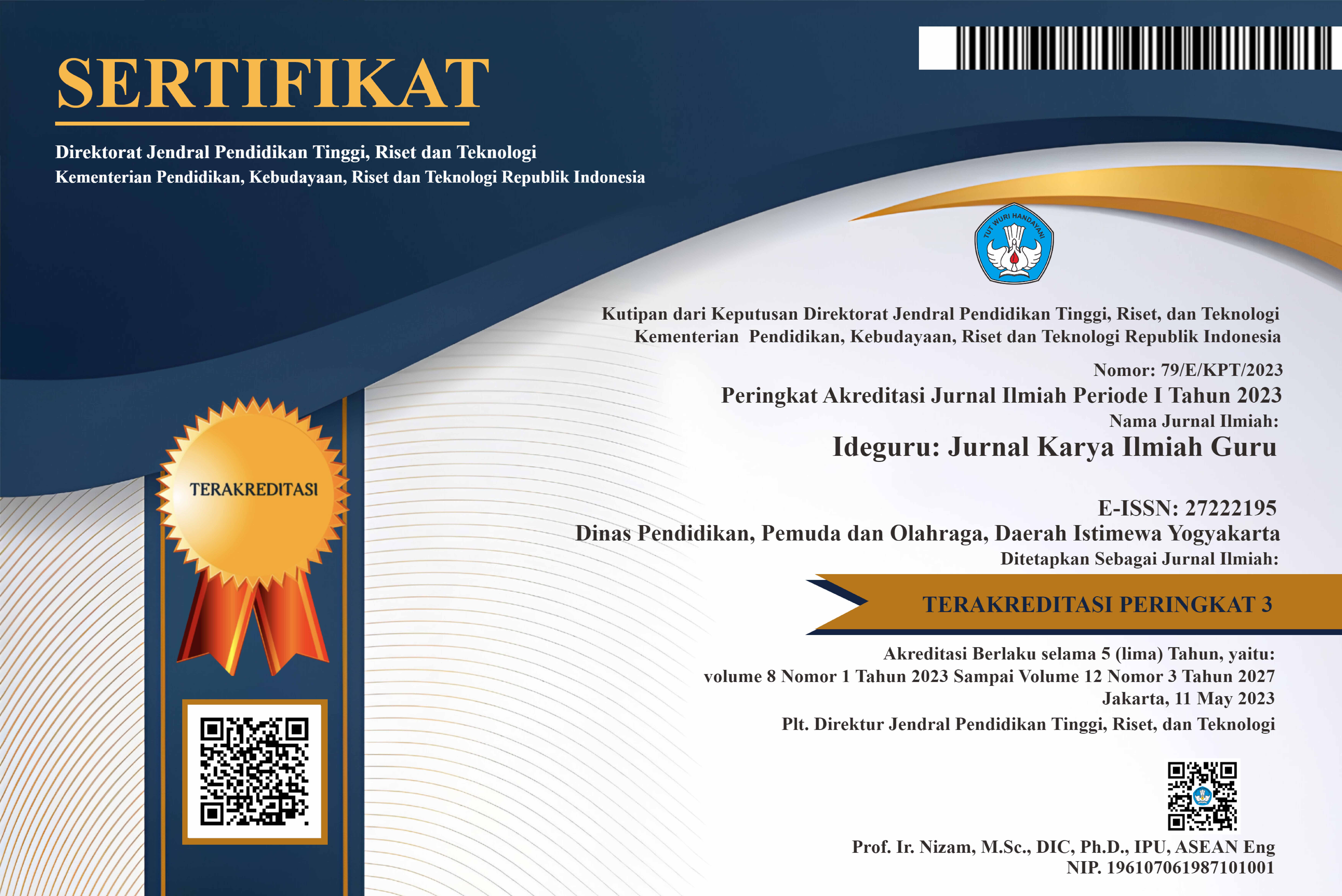Peran Kepala Sekolah dalam Mengatasi Bullying di Sekolah
Abstract
Cases of bullying can occur at all levels of education, from elementary to tertiary levels. Bullying in schools is a serious social problem that must be paid full attention to by the school, especially the principal who leads the school. The purpose of this research is to explore how principals deal with bullying in their schools. The research was conducted in schools where bullying had occurred. Qualitative methods and purposive sampling were used in this study. Three principals were selected and became research participants, the three participants came from two elementary schools and one senior high school. There are three main themes obtained from the results of this study. The first theme is knowing the causes of bullying in schools. The second theme is implementing intervention strategies to prevent bullying in schools. The third theme is the role of the principal in overcoming bullying in schools. Recommendations in this study are given to assist school principals and the entire School Management Team in managing bullying in schools. The first recommendation is that all schools must have a policy on how to deal with bullying in schools, and this policy must be communicated to all educators and students in schools. Consequences for not complying with the policy must be implemented. Second, hold regular meetings with parents to discuss student behavior. Third, sensitive to strange events around and paying attention to the target and the culprit. In conclusion, the principals did their best to implement several strategies to solve the bullying problem.
PDF Downloads
Copyright (c) 2024 Sri Nurhayati Selian, Winda Putri Diah Restya

This work is licensed under a Creative Commons Attribution 4.0 International License.

 DOI:
DOI:














